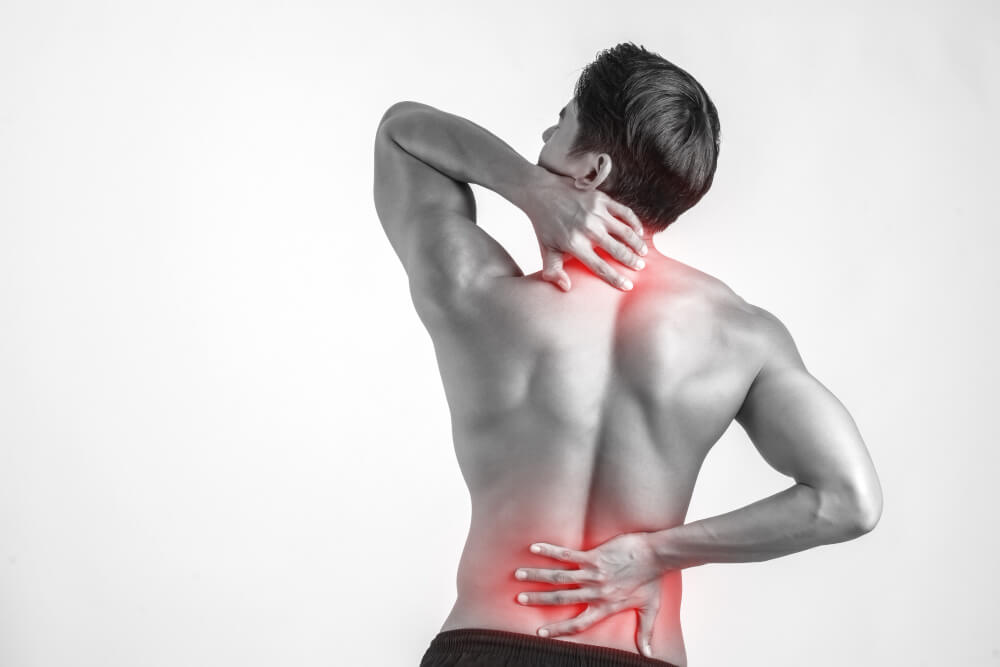Chronic Pain Relief: Proven Treatments Beyond Medication
Chronic pain is a relentless adversary. It can rob you of joy, mobility, and a good night’s sleep. While medication is often the first line of defense, it’s not always the most effective or sustainable solution. Fortunately, there’s a world of pain management options beyond the pill bottle. This guide empowers you to explore alternative therapies, physical treatments, and lifestyle changes to find lasting relief and reclaim control over your life.
Understanding Chronic Pain: Beyond the Band-Aid Approach
Chronic pain differs from acute pain, the body’s natural alarm system that signals injury. Chronic pain persists for weeks, months, or even years, often with no identifiable cause. It can manifest in various forms, from throbbing and burning sensations to a constant dull ache.
The impact of chronic pain goes beyond the physical. It can lead to anxiety, depression, sleep disturbances, and social isolation.
Moving Beyond Medication: Exploring Alternative Pain Management Options
While pain medication can offer temporary relief, it often comes with a host of side effects like drowsiness, constipation, and addiction. Fortunately, a wealth of alternative pain management options exists to help you manage your pain effectively and holistically.
Natural Approaches to Pain Relief: Harnessing the Power of Your Body
Your body has built-in pain-fighting mechanisms. Here are some natural approaches to tap into them:
- Mind-Body Therapies: Techniques like meditation, yoga, and tai chi can promote relaxation, reduce stress, and improve pain tolerance.
- Acupuncture: This traditional Chinese medicine practice involves inserting thin needles into specific points on the body to stimulate the nervous system and promote healing.
- Massage Therapy: Massage can ease muscle tension, improve circulation, and reduce pain.
Physical Therapies for Chronic Pain: Relieve Discomfort and Improve Mobility

Physical therapists can be instrumental in managing chronic pain. They can:
- Develop personalized exercise programs: These programs can strengthen muscles, improve flexibility, and increase your pain tolerance.
- Manual therapy: Techniques like joint mobilization and soft tissue manipulation can address pain-triggering points and improve range of motion.
- Biofeedback: This helps you learn to control your body’s response to pain through visual or auditory feedback.
Lifestyle Changes for Pain Management: Small Steps, Big Results
Simple lifestyle modifications can significantly impact your pain levels:
- Stress Management Techniques: Chronic stress can exacerbate pain. Practice relaxation techniques like deep breathing, progressive muscle relaxation, or mindfulness meditation.
- Nutritional Strategies for Pain Relief: Certain foods can trigger inflammation, while others have anti-inflammatory properties. Explore an anti-inflammatory diet and identify food sensitivities that may worsen your pain.
- Importance of Quality Sleep: Chronic pain can disrupt sleep, and poor sleep can worsen pain. Prioritize good sleep hygiene with regular sleep schedules, a relaxing bedtime routine, and a comfortable sleep environment.
- Maintaining a Healthy Weight: Excess weight puts stress on your joints and muscles, contributing to pain. Aim for a healthy weight through a balanced diet and regular exercise.
- Consider Alternative Therapies: Explore options like chiropractic care or hydrotherapy, which may offer relief for specific types of pain.
Remember: It’s crucial to discuss any alternative therapies with your healthcare provider to ensure they’re safe and appropriate for your individual condition.
Finding the Right Combination: A Personalized Approach to Pain Management
There’s no one-size-fits-all solution for chronic pain management. The most effective approach often involves a combination of strategies. Here are some tips for creating your personalized pain management plan:
- Work with your healthcare provider: Discuss your pain, goals, and preferences. They can help you explore different treatment options and develop a safe and effective plan.
- Start slow and gradually increase intensity: Don’t overwhelm yourself. Begin with gentle exercises or therapies and gradually increase the duration and intensity as your pain allows.
- Be patient and consistent: Chronic pain management is a marathon, not a sprint. Stick with your plan, even on days when your pain feels worse. Small, consistent efforts will lead to long-term improvements.
- Track your progress: Monitor your pain levels and how you respond to different therapies. This will help you identify what works best for you and adjust your plan accordingly.
- Don’t be afraid to advocate for yourself: Be clear about your pain and your goals. If a particular therapy isn’t working, speak to your healthcare provider about exploring alternatives.
Living with chronic pain is challenging, but you don’t have to suffer in silence. By embracing alternative therapies, physical treatments, and healthy lifestyle changes, you can reclaim control and find lasting pain relief. Remember, you’re not alone in this journey.

